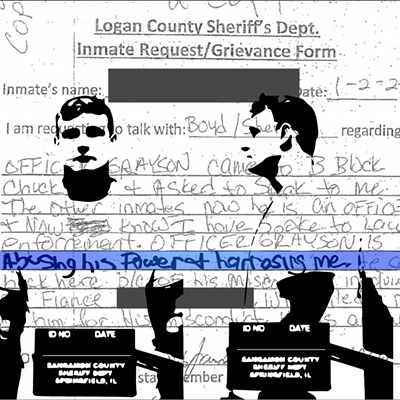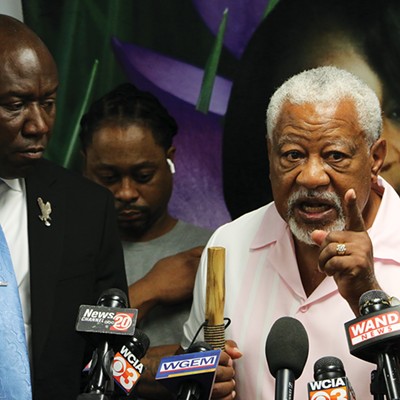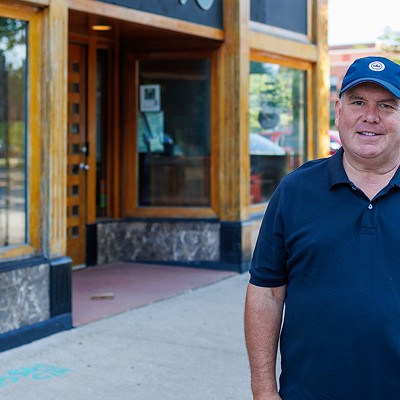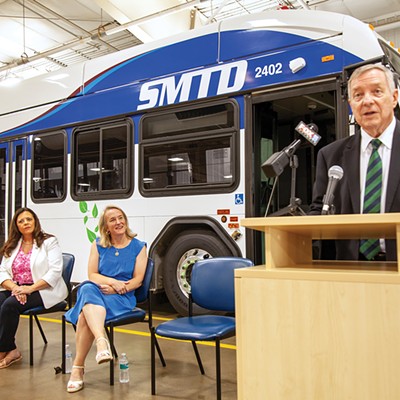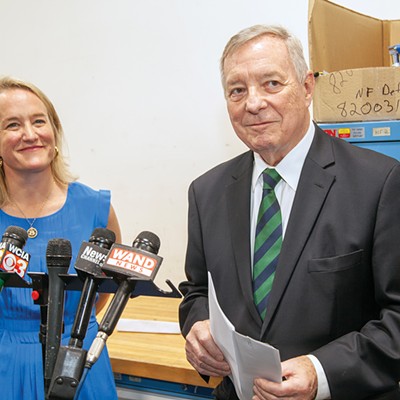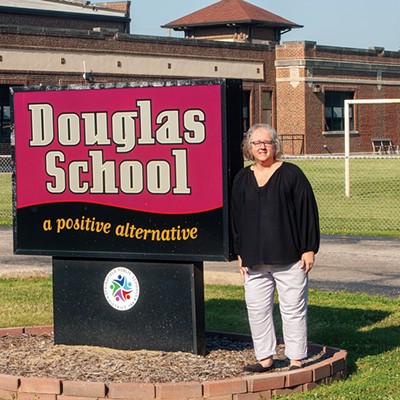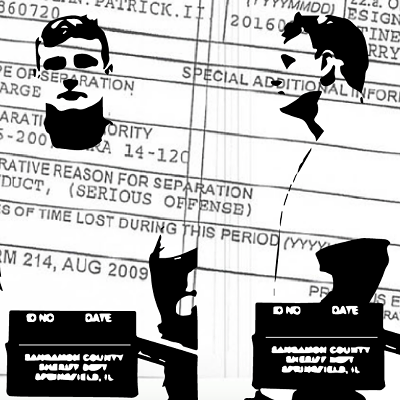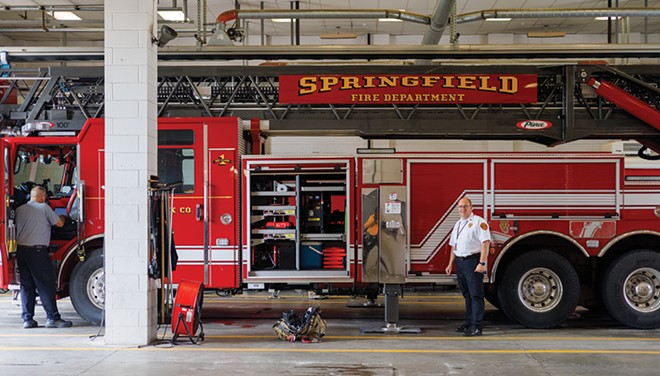
After spending $1.2 million on a new firetruck, the city of Springfield found out it is one inch too tall to fit under the viaduct near the main fire station.
Once they discovered the problem, rank-and-file firefighters were sounding the alarm.
"It's too tall to fit under the Capitol Avenue underpass. So, anytime we have to go west from downtown, we can't go that way. Normally, that's OK – unless there's a train – and then we either have to go all the way down to Stanford or all the way up to Sangamon," said Kainan Rinaberger, who heads Springfield Fire Fighters Local 37.
The predicament has caused quite a bit of finger-pointing in the city's firehouses. And the discontent has climbed each rung of the administrative ladder until it reached the desk of the city's newly elected mayor.
"I have a lot of pushback from our sworn men and women who feel that it was not designed properly, and there's some issues with that I need to tackle immediately," Mayor Misty Buscher said.
The city recently took delivery of the new ladder firetruck and two fire engines. Buscher is quick to point out that the vehicle orders – and their design specifications – were made by the previous administration. During the next year, SFD is slated to receive one more ladder truck and five more fire engines.
And firefighters are smoking mad about the process, Rinaberger said.
"In the past when rigs have been designed, it's been a collaborative process. But this time it was the previous chief and administrative chief who designed them on their own," he said.
During her first week in office, Buscher replaced Fire Chief Brandon Blough with Ed Canny, who had been serving as the fire marshal.
Former fire chief Blough said the department did not deviate from past practices in how it designed the firetruck. An "apparatus committee" consisting of seven union firefighters and one member of management created the specifications for the truck, he said.
Not only is the vehicle too tall on the outside – it's too short on the inside, Rinaberger said.
"I'm 6'2" and I keep bumping my head on the ceiling while I'm sitting in the back. And I'm certainly not the tallest person in the department. If we hit a pothole or bump while we are on a run, someone could get hurt."
Canny said the department now has little choice but to adapt.
"So, the viaduct at Capitol Avenue, between Second and Fourth, is only 12 feet tall and the rig – all of the rigs now from the place we buy from – are at least 12 feet, 1 inch tall. ... It's unfortunate, but the longer we go in time, it seems like these apparatuses get bigger, taller and heavier.
This is an industry wide trend, said Tom Shubert, director of firefighting programs at the University of Illinois Fire Service Institute.
"For the last several years now fire apparatuses have been becoming heavier, larger, longer. The reasons for that are because of the actual calls and emergencies that fire departments are responding to now. The calls have tripled in the last 30 years for all fire departments.
"We're not just responding to fires and EMS calls anymore. We're responding to almost everything that is considered an emergency. ... For example, in the past we didn't have equipment for structural collapses or trench rescues. We didn't carry a ton of equipment on a fire apparatus back then. A fire apparatus now has to be multifunctional," Canny said.
But this comes at a cost. The bigger rigs have more trouble navigating down tight alleys and streets as well as fitting under low bridges and viaducts, he said.
Canny said the new firetruck will likely serve the city for at least two more decades. So, firefighters will need to train for alternative routes to avoid heading west on Capitol Avenue. In the event of a long, slow train chugging down the Third Street corridor, a firetruck stationed on the west side of town may need to be dispatched eastward, he said.
He added that viaducts on Dodge Street, Hazel Dell Road and Cockrell Lane are too low for even some of the city's older firetrucks to pass beneath. So, the department has long had to plan alternate routes to avoid such obstacles.
The Third Street rail corridor may be relocated as soon as 2025, Canny noted. After that, the Capitol Avenue viaduct will no longer serve as a barrier to the city's newest firetruck, he said.
But, in the meantime, it stands as an accident just waiting to happen, Rinaberger said.
"The way we operate normally is to have the same people on the same piece of equipment every day. So normally you're going to have the same three drivers on all three shifts. ... But people come and fill in and they may forget they can't go that way anymore and they will run that new truck into that old bridge."
Scott Reeder, a staff writer for Illinois Times, can be reached at [email protected].
This story has been updated to include a response from former fire chief Brandon Blough.



